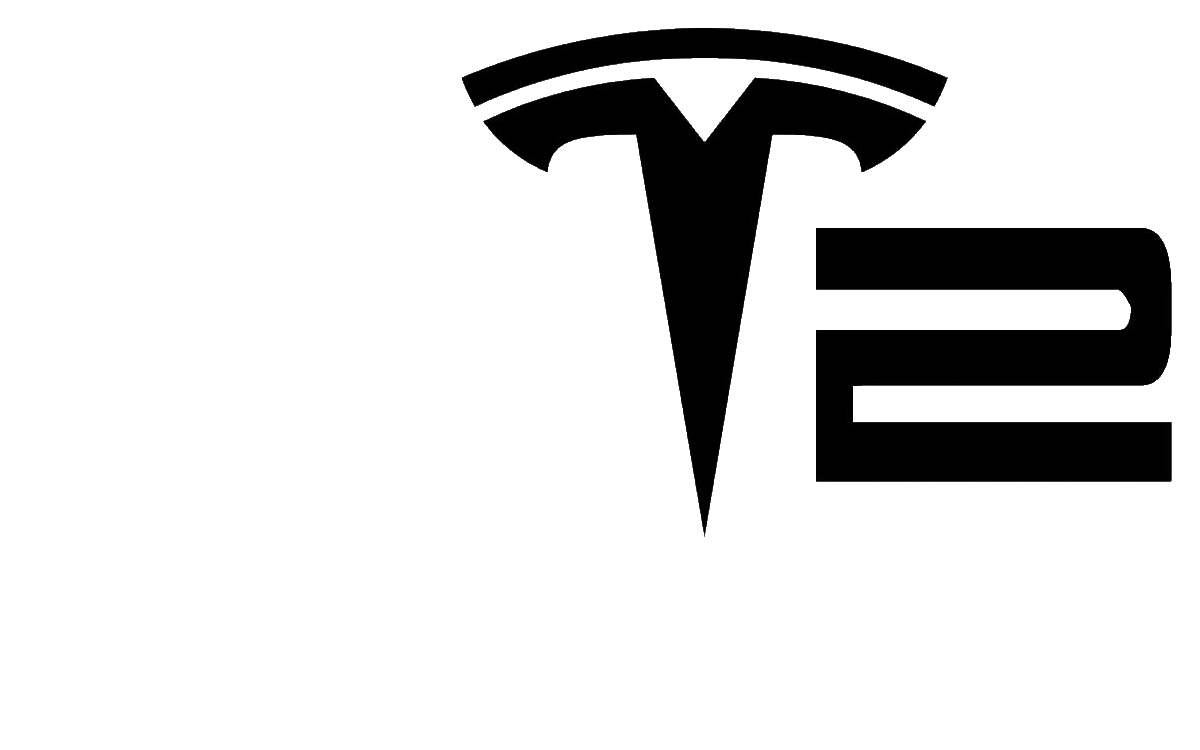GnarlyDudeLive
Well-known member
- First Name
- Darin
- Joined
- Aug 26, 2020
- Threads
- 15
- Messages
- 358
- Reaction score
- 113
- Location
- Chicago
- Vehicles
- 2004 F350 Dually (Tri-CT reservation)
- Occupation
- Database Administrator
- Thread starter
- #16
I don't recall indicating that the crash absorption rails were part of the castings. In most vehicle collisions regardless of ICE or EV where the damage goes beyond the absorption rails the vehicle will be totaled out by insurance.If you would identify what the crash absorbsion rails are, you would know they aren't a part of the cast.
Give me cast specific info and I'll beleive you. The front crash tubes are only good for impacts up to 5-20mph if both are impacted evenly, like on any other modern car.
With a cast you can't tell where it has microfractures, without complete disassembly and a specific x-ray machine.
Watching some of the more recent build videos of Tesla's, the assembly process is beginning to look extremally simple in comparison to ICE vehicles. That being said, we may very well be getting to the point of where *if* a casting needed attention, the casting cost could be higher than a 125 piece stamped/welded/glued front or rear clip *however* the labor costs to replace the entire casting may be easy and quick enough to have a lower total cost for repair.
